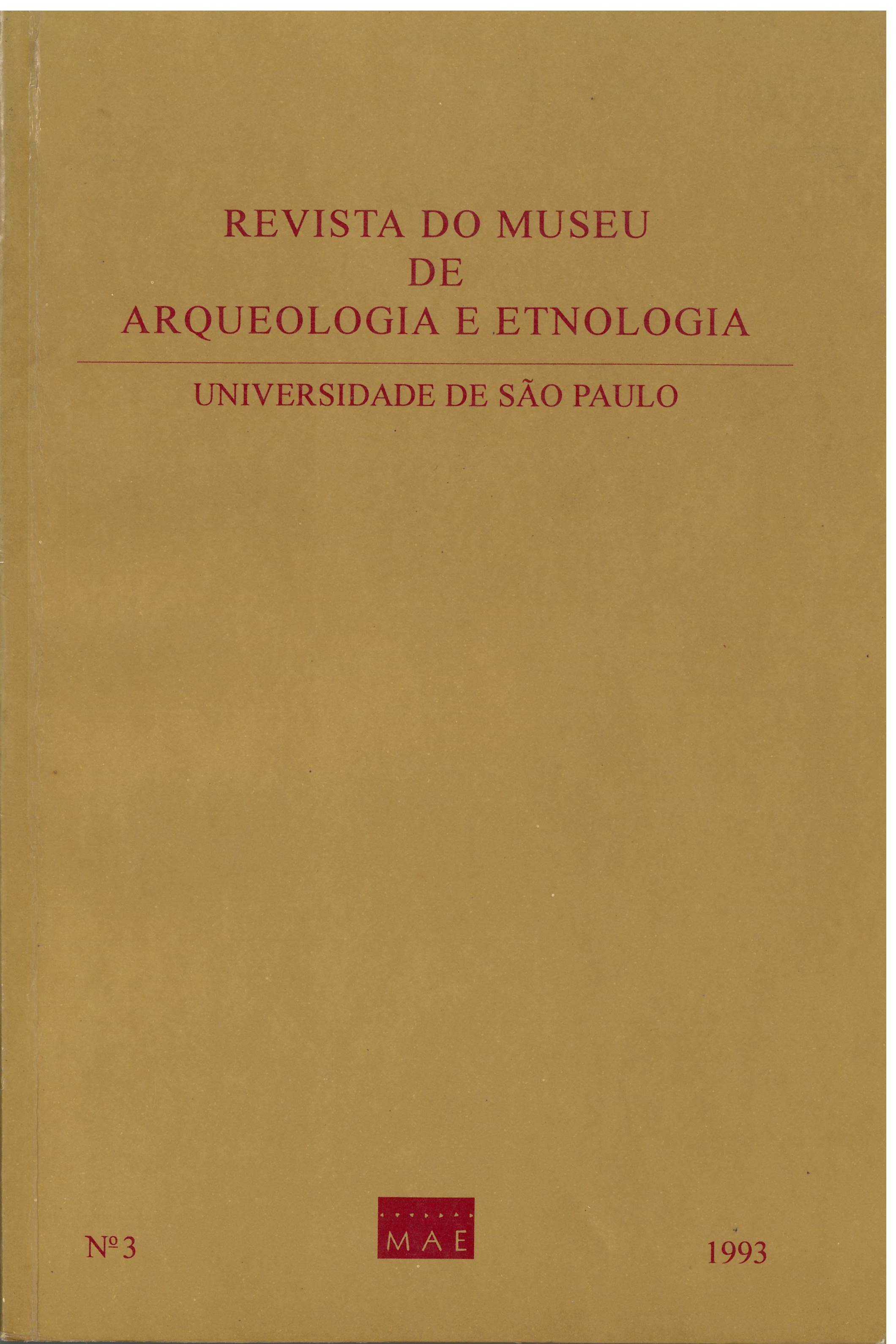The COSIPA sambaquis (4200 to 1200 years BP): a study o f the fisher-gatherers prehistoric peoples subsistence from the Baixada Santista.
DOI :
https://doi.org/10.11606/issn.2448-1750.revmae.1993.109161Mots-clés :
Coastal ecosystems - Coastal nomad peoples - Resources - Shell-mounds - Rentability.Résumé
The sambaquis (or shell-mounds) are a very common type of prehistoric archaeological site along the brazilian southeast coast. Built between 7.000 and 1.000 years BP, they point to an efficient human adaptation to that area. Generally identified as rich environments with a high earring capacity, the coastal ecosystems have only been occupied lately by human race, and this adaptation of nomad bands to the nearshore conditions seems to bring great social, economic and cultural changes. The analysis of archaeofaunal samples from three sambaquis offers an example of the nature of the prehistoric men adaptation to these environments.##plugins.themes.default.displayStats.downloads##
##plugins.themes.default.displayStats.noStats##
Téléchargements
Publiée
1993-12-05
Numéro
Rubrique
Artigos
Licence
(c) Copyright Levy Figuti 1993

Ce travail est disponible sous licence Creative Commons Attribution - Pas d'Utilisation Commerciale - Pas de Modification 4.0 International.
Comment citer
FIGUTI, Levy. The COSIPA sambaquis (4200 to 1200 years BP): a study o f the fisher-gatherers prehistoric peoples subsistence from the Baixada Santista. Revista do Museu de Arqueologia e Etnologia, São Paulo, Brasil, n. 3, p. 67–80, 1993. DOI: 10.11606/issn.2448-1750.revmae.1993.109161. Disponível em: https://www.journals.usp.br/revmae/article/view/109161.. Acesso em: 19 mai. 2024.












